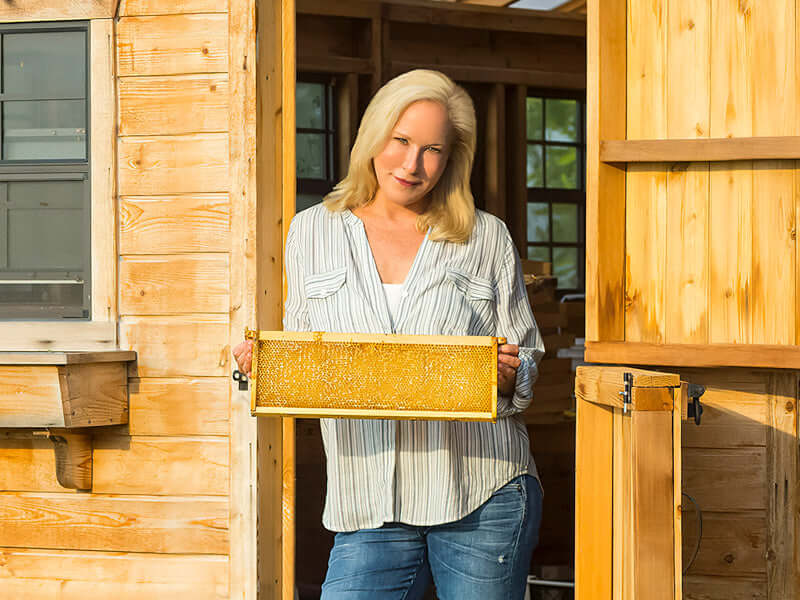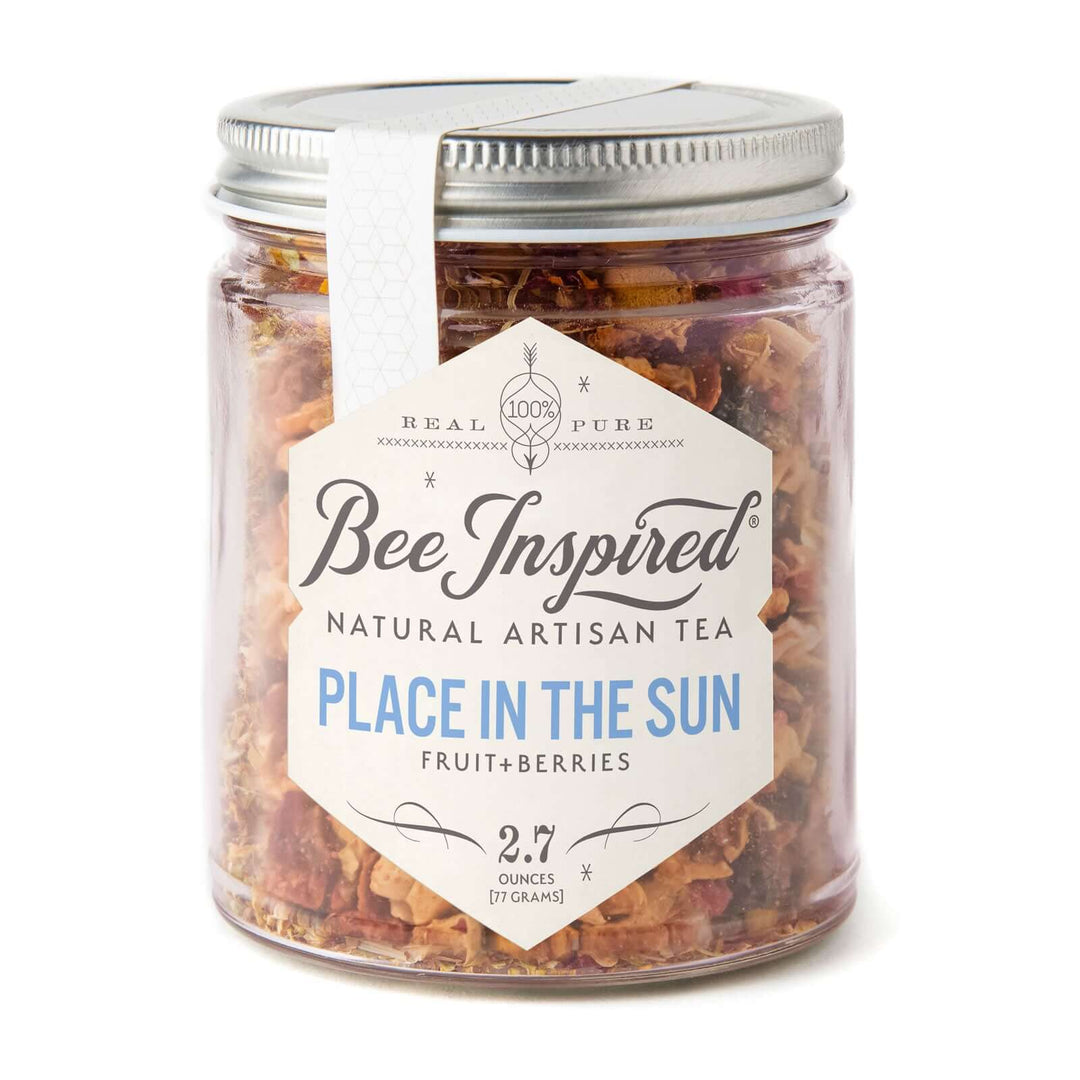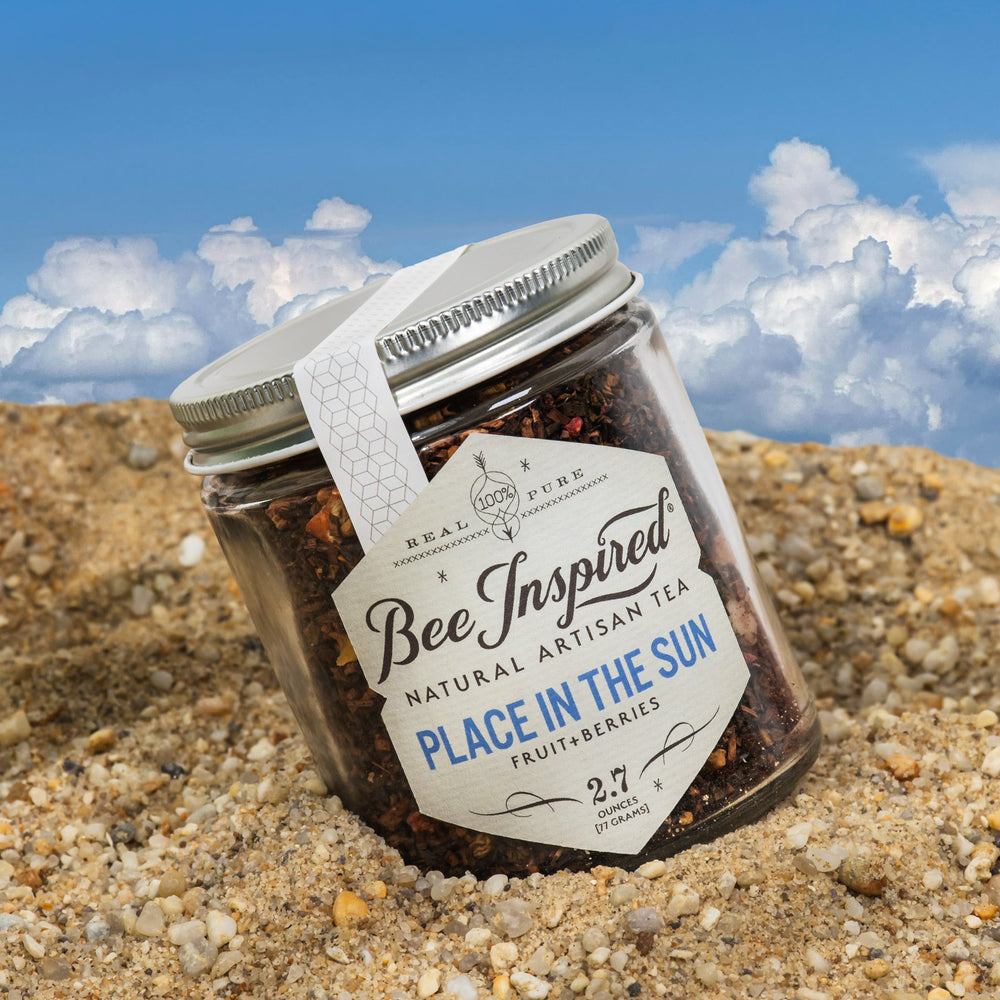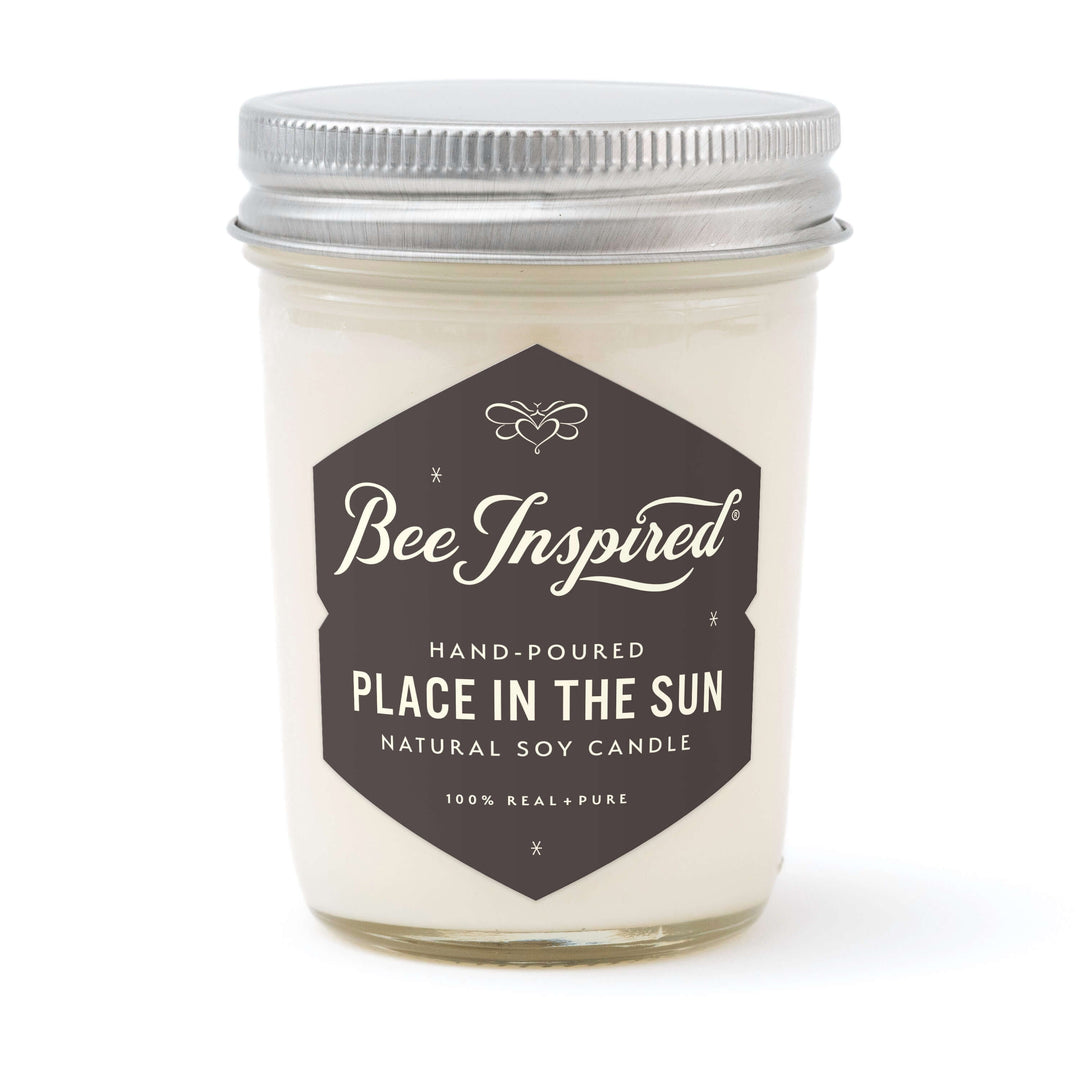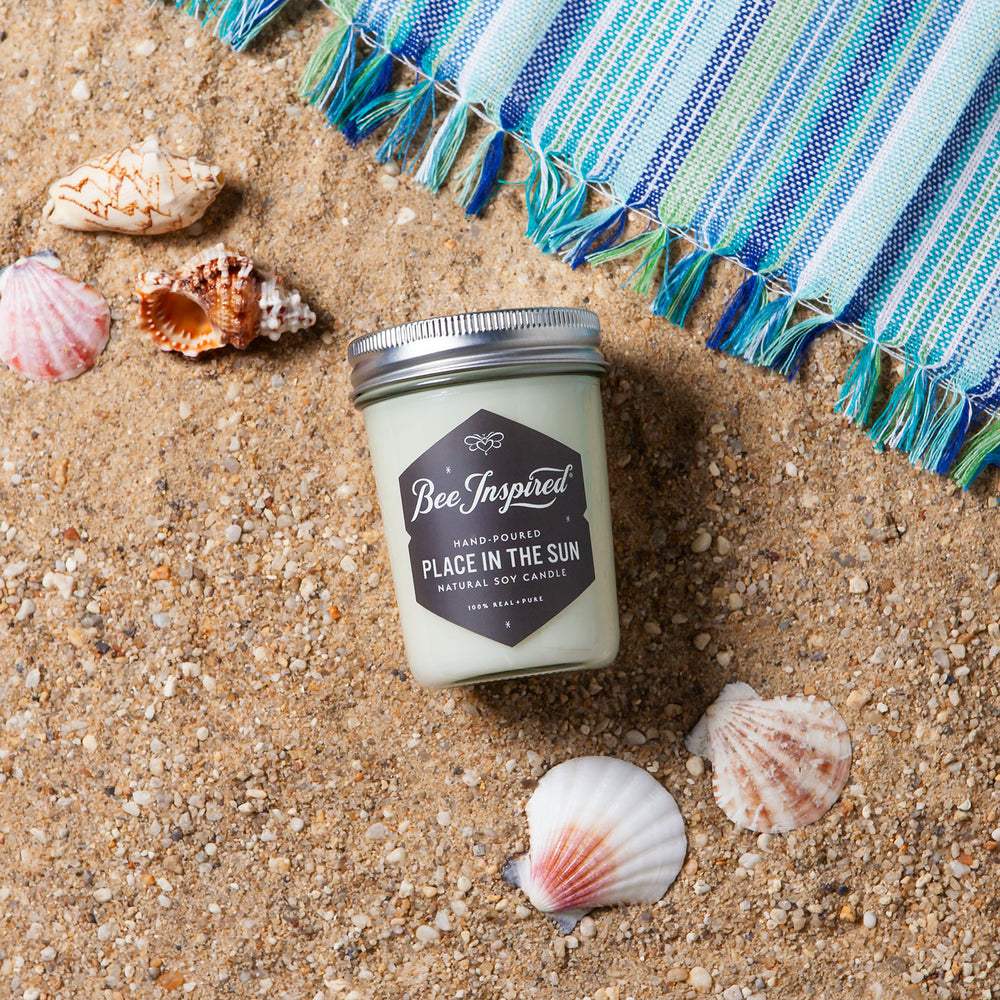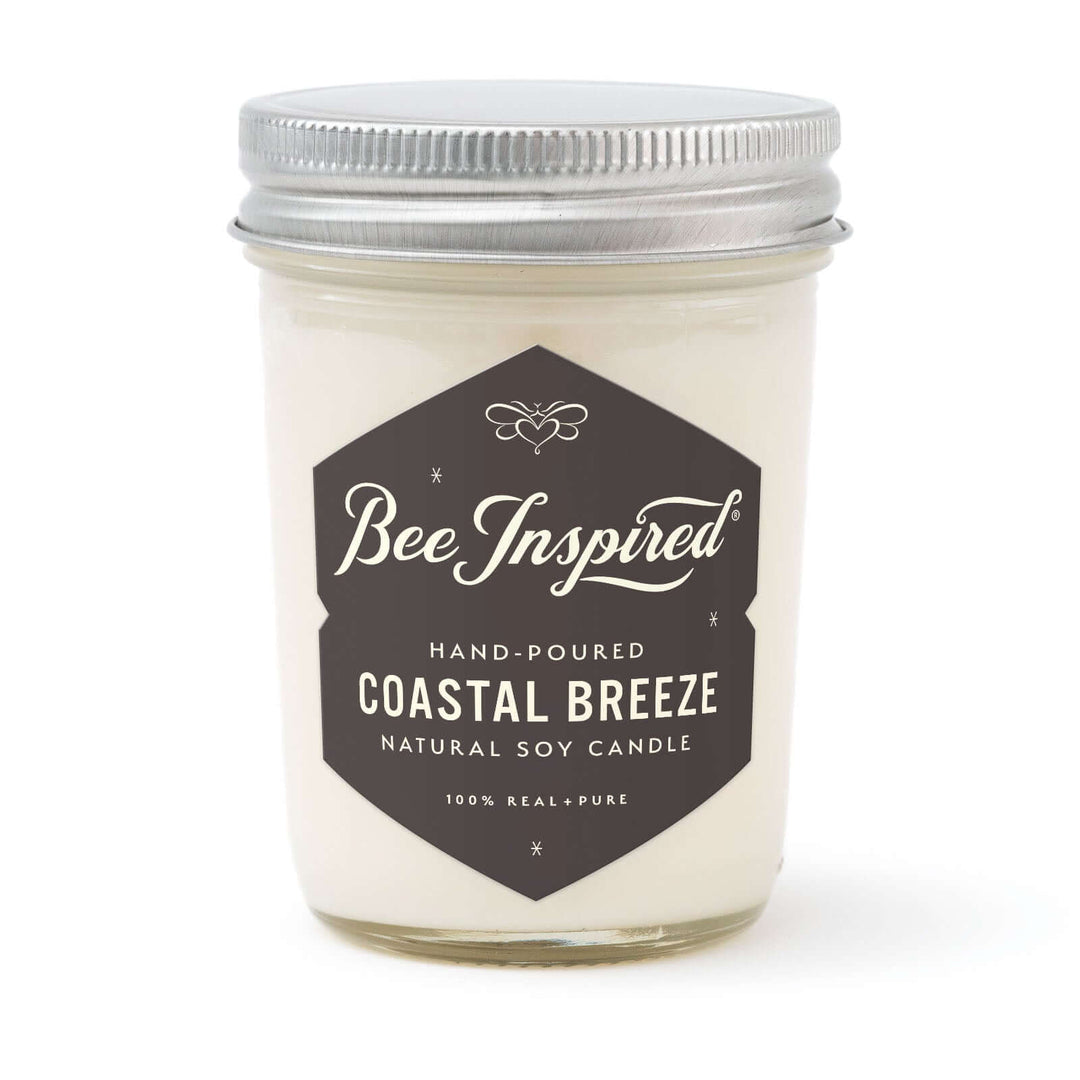Curious about beeswax? Let’s dive into its origins. Bees make beeswax by secreting it from specialized wax glands on their abdomen, then manipulating it with their saliva to build the hexagonal honeycomb inside beehives. The new wax secreted by bees hardens when it hits the air and forms wax scales. Interestingly, the beeswax used for combs initially appears clear and becomes opaque as it is manipulated. Prepare to be surprised as we uncover fascinating facts and explore its incredible uses. When winter hits and your lips suffer, beeswax comes to the rescue! Discover how it seals and protects, even in the driest conditions. Join us on this exciting journey into the magic of beeswax!
The Importance of Natural Beeswax
Beeswax plays a significant role in your life. No matter how much lip balm you use, it usually fails to protect your lips from winter’s harsh effects, resulting in dryness and fine lines. But don’t worry! Lip balm that contains beeswax seals and protects, guarding your lips against drying out from the air and other elements. Beeswax products are incredibly versatile, used in everything from candles to food-safe wraps. Similarly, plant waxes share many of these properties and are used in candles, cosmetics, waterproofing, and art, offering a natural and safe alternative.
Did you know that beeswax has multiple uses? It can be found in cosmetic products like body balm and body butter, as well as in candles, medicines, varnishes, electrical parts, and even as a cheese coating to prevent mold. Additionally, many natural car waxes contain beeswax. Beeswax candles are particularly beneficial due to their natural fragrance, longer burning time, and air-purifying properties. Beeswax is edible but has insignificant nutritional value because it cannot be digested by humans. But where does beeswax come from?

Young worker bees make beeswax by secreting it from special wax glands on their abdomen
Beeswax Origins: Worker Bees Wax Producing Glands
At first glance, the beeswax seems horrible, secreted from the underside of an insect! However, if you take the time to process that wax, it can become something useful like lip balm. And while lip balm definitely will not repair the world, it does soothe chapped lips. You have to start somewhere.
Young honey bees produce wax using special wax-producing glands located beneath their bodies. This liquid wax hardens when exposed to air. Hive workers collect the flakes from the underbody often forming long chains to transfer the wax where it is most needed. This line of bees is called a festoon. The bees huddle and work together as a superorganism.
Female worker bees, which are young, secrete beeswax until they are around 17 days old. As they age, honey bees lose this ability when their eight wax producing glands become inactive. Bees must maintain a temperature of around 95 degrees Fahrenheit in the hive for optimal beeswax manipulation. Approximately 6.66 to 8.80 kg of honey yields one kg of beeswax. Beeswax serves as a vital byproduct for the hive, used to construct combs for storing honey and accommodating new bees.

Our Raw Honeycomb contains beeswax
Beeswax, made primarily of plant resins, is a safe and versatile natural material. It can be consumed, used for cosmetics, and has numerous industrial applications including candle making, encaustic painting, and food preservation. Worker bees produce wax scales, which are then used by other worker bees to build the hive. Beeswax holds the hive together. If a hive warps, or frames are missing, the bees will fill the space with beeswax. Its color can range from nearly white to brown, depending on where the bees visited and the different kinds of pollen collected by bees. Pollen color varies from flower to flower.
Beeswax is the foundation of a hive, providing structure and living space for bees. Inside the hive, worker bees collaborate in various roles, creating a symbiotic flow of life. From comb construction to nectar and collection, each bee contributes. Beeswax is also crucial for honey storage, as it seals the honeycombs to keep moisture and debris out. Let's learn from honey bees to enhance cooperation and resilience.

Blueberry Honey, hand-harvested from a small beekeeper in Southern New Jersey, is one of our most popular varietals
In recent weeks, we did our annual filtering at the Honey House. Natural beeswax is truly a wonder of nature! It's created by young honey bees and has so many versatile uses. From honey production to skincare products, candles, and even crafts, beeswax is remarkable. Surplus honey and nectar is stored in comb on frames and only collected to ensure the bees can thrive.

Coffee Honey is our first ever imported honey and is harvested in Guatemala
Chemical Composition of Beeswax
Beeswax is a fascinating substance, primarily made by honey bees (Apis mellifera) through their eight wax-producing glands. This natural marvel is a complex mixture of various plant based waxes, characterized by a unique combination of esters, fatty acids, and long-chain alcohols. The primary constituents of beeswax include palmitate, palmitoleate, and oleate esters of long-chain aliphatic alcohols, which contribute to its distinctive properties.
One of the key components of beeswax is triacontanyl palmitate, which, along with cerotic acid, forms a ratio of approximately 6:1. This specific ratio is crucial as it imparts the unique characteristics that make beeswax so versatile and valuable. Interestingly, beeswax can be classified into European and Oriental types, each with distinct chemical compositions and properties. European beeswax typically has a lower saponification value (3-5) compared to Oriental types (8-9), indicating differences in purity and quality.
However, not all beeswax is created equal. It is often adulterated with plant waxes, paraffin, and other additives, which can significantly affect its chemical composition and performance in various applications. This is why we source only USDA certified organic, pure beeswax, highly valued for its natural, renewable, and sustainable properties, remains a popular choice for cosmetics, and other industries.
The chemical composition of beeswax is influenced by several factors, including the diet of honey bees, climate, and geographic location. These factors can result in variations in its properties and quality, making each batch of beeswax unique. Despite these variations, beeswax consistently serves as a natural emollient and moisturizer, making it an excellent ingredient for skincare products and other applications where its unique chemical composition provides significant benefits.
By understanding the intricate chemical makeup of beeswax, we can better appreciate its versatility and the myriad of ways it enhances our daily lives. Whether used in cosmetics, or other industries, beeswax remains a testament to the incredible ingenuity of honey bees and the natural world.
Beeswax Production
Beeswax production is a marvel of nature, involving the meticulous collaboration of thousands of worker bees within a hive. These industrious insects, typically aged 2-3 weeks old, develop special glands located on the underside of their abdomens. These glands, known as eight wax-producing glands, are the powerhouse behind the creation of beeswax.
The process begins when worker bees consume honey or nectar, which provides the necessary energy for wax production. The sugars from these sweet sources are metabolized into wax scales. These tiny wax scales are then collected by the bees using their legs and shaped with their mandibles. The bees soften and mold the wax scales into the hexagonal cells of the comb, a structure that is essential for the hive’s survival and growth.
The honeycomb serves multiple purposes: it is a nursery for brood, a storage facility for pollen, and a repository for surplus honey. The hexagonal design is not only efficient for packing but also maximizes storage volume, ensuring that the hive can thrive. Comb constructed from beeswax is hexagonally shaped for efficiency and strength. This intricate process of wax production and honeycomb construction showcases the incredible teamwork and ingenuity of honey bees.

Our Nectar + Honey Soy Candle smells just like sweet honey
Uses of Beeswax: Beeswax Candles
Beeswax is a highly valued material with a multitude of applications, making it a staple in various industries. One of the most cherished uses of beeswax is in candle making. Beeswax candles are renowned for their clean-burning properties, longer burn time, and the subtle, natural honey fragrance they emit. Beeswax candles burn cleaner than paraffin candles, producing little soot. These candles create a warm and inviting ambiance as they burn.
In the realm of cosmetics, beeswax is a common ingredient in lip balms, lotions, and creams due to its moisturizing, stabilizing and protective qualities. It forms a natural barrier on the skin (and hair), locking in moisture and shielding it from harsh environmental elements. Beeswax helps to create a barrier that seals moisture into the skin without leaving it feeling oily. Artists also appreciate beeswax for its malleability and excellent color-holding ability, making it a preferred medium for encaustic painting and wax carving.
Beyond cosmetics and art, beeswax finds its way into furniture polishes, leather conditioners, and various health products like ointments and balms. Its soothing properties make it an ideal ingredient for products designed to heal and protect. The versatility and natural benefits of beeswax make it an indispensable resource in many aspects of daily life.
Beeswax in the Hive
Within the hive, beeswax plays a crucial role in maintaining structure and organization. The honeycomb, constructed from wax scales produced by worker bees, is a masterpiece of engineering. Each hexagonal cell is meticulously crafted to serve as a storage facility for honey and pollen, as well as a nursery for brood.
The hexagonal structure of the honeycomb is inherently strong, allowing it to withstand heavier loads compared to other shapes. This design also aids in thermal regulation within the hive, helping to maintain a consistent internal temperature that is vital for the well-being of the colony.
Beeswax is also used to seal and protect the honeycomb cells, preventing debris from entering the hive. This protective layer ensures that the honey and pollen stored within remain pure and uncontaminated. The role of beeswax in the hive is indispensable, as it supports the overall health and efficiency of the bee colony.

Applications and Benefits
Beeswax is a natural, sustainable, and renewable resource that boasts a wide range of applications and benefits. Its unique properties make it highly valued across various industries. In addition to its prominent use in candle making, beeswax is a key ingredient in cosmetics, hair care, art, food, pharmaceuticals, and textiles.
The benefits of beeswax are numerous. Its moisturizing and protective qualities make it a popular choice for skincare products, providing a natural barrier against the elements. Beeswax also has soothing properties, making it an ideal component in ointments and balms designed to heal and protect the skin.
Where does beeswax come from? From honey bees!
Overall, beeswax is a highly versatile and valuable material that enhances a wide range of products. Its natural benefits and sustainable nature make it an ideal choice for those seeking eco-friendly and effective solutions in their daily lives. Natural materials like beeswax require significantly less energy to produce compared to synthetic alternatives, contributing to a lower carbon footprint.

Updated 3/24/2025





